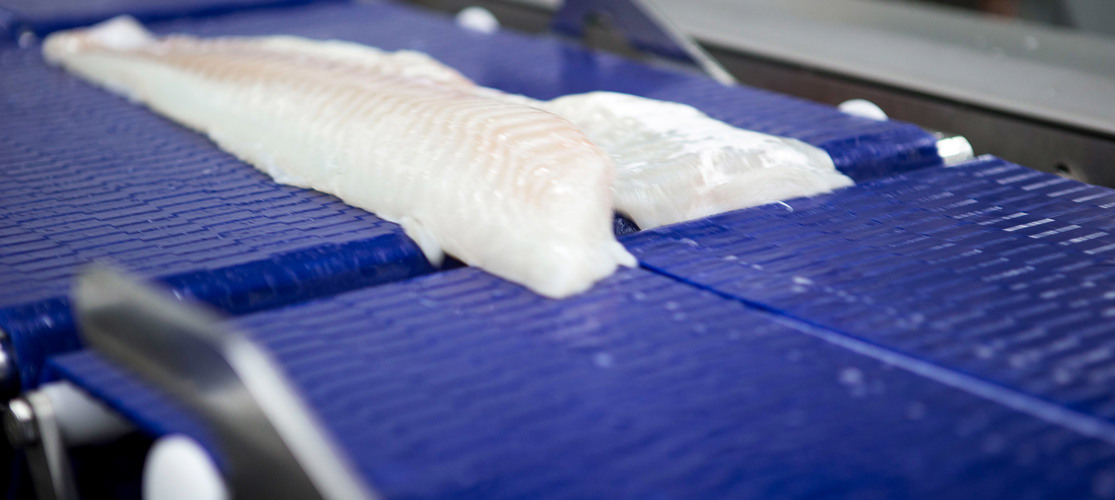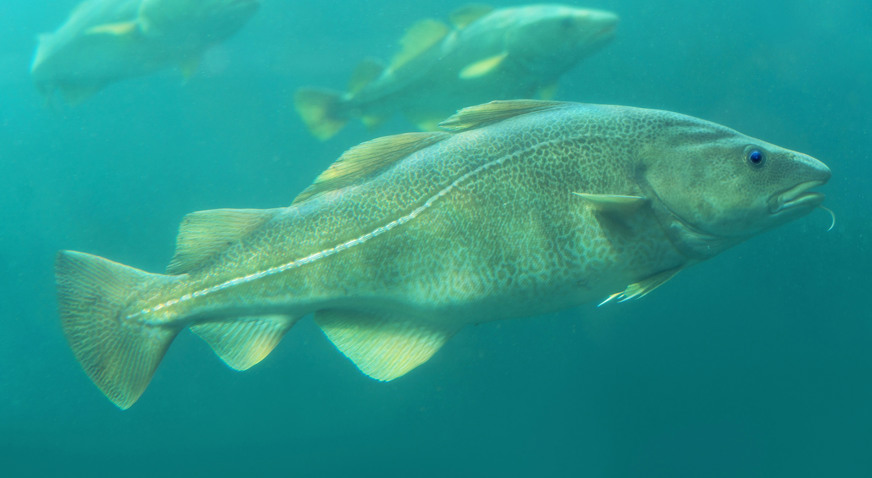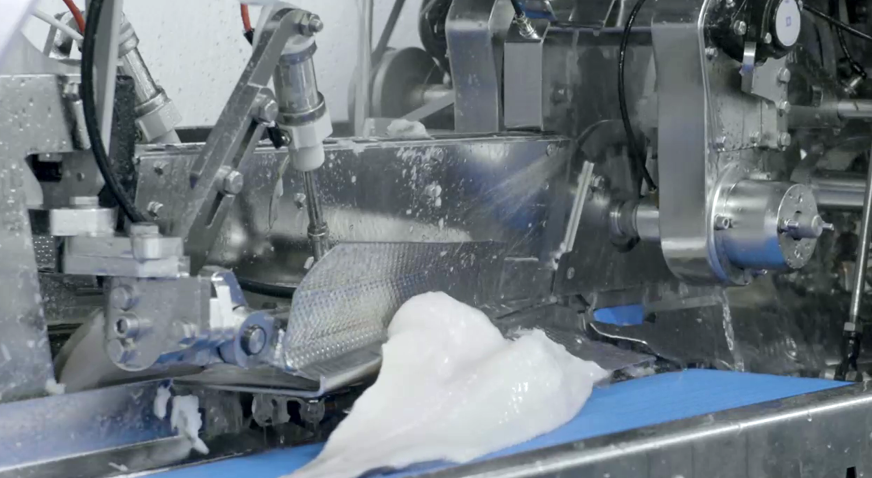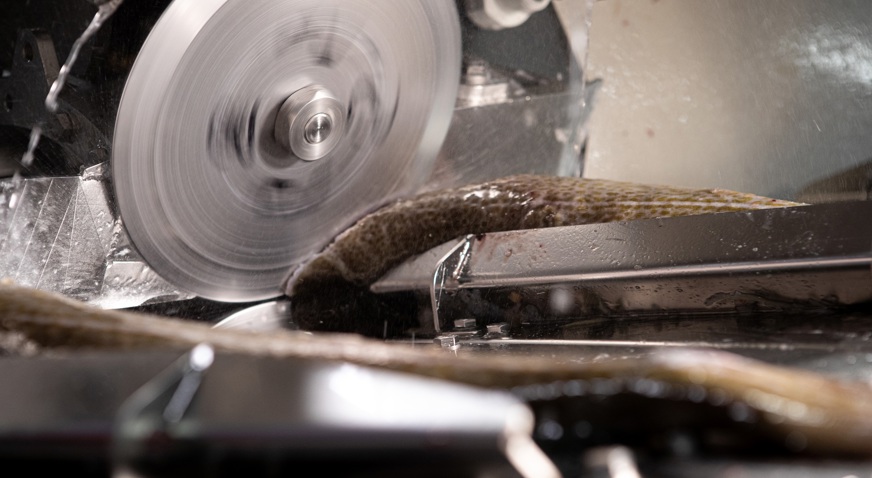1. Equipment flexibility to turn unreliable fish stock and seasonal shifts into market opportunities
Wild whitefish of all species are facing the impact of environmental changes which affect ocean temperatures, pollutants, stock numbers, and movements. While fluctuation in fishing grounds and numbers has long been something for fishers and fish processors to contend with, there is no denying that in recent years, this added climatic shift has pressured the industry to unprecedented levels. Fishers face changes to wild quotas, and increased efforts for global fish management, i.e., CATCH, tracking and regulations to reduce illegal fishing and ensure the sustainability of both the fish and the industry. Outside of environmental issues, trade agreements and risks are forcing processors to rethink their market access for both wild caught and farmed whitefish.




